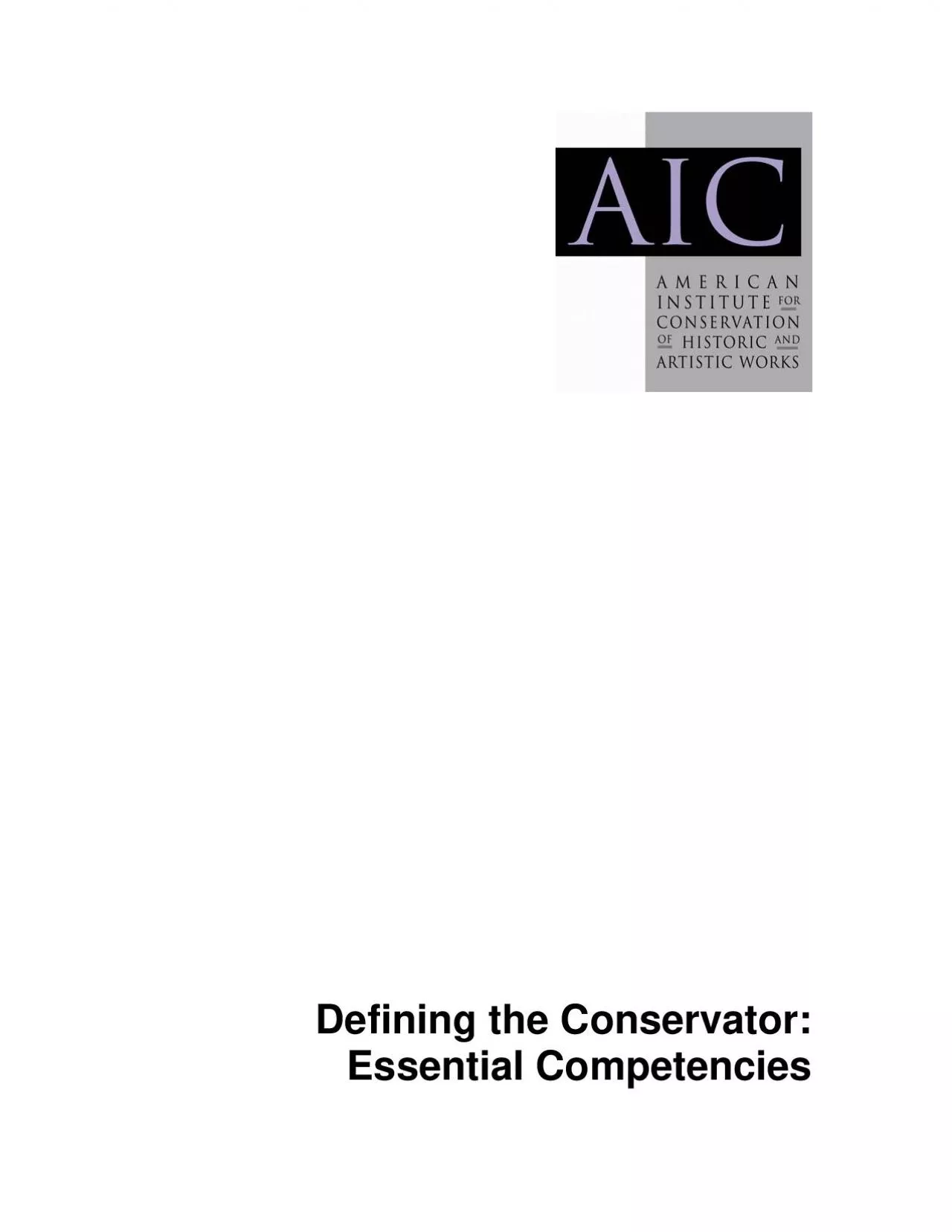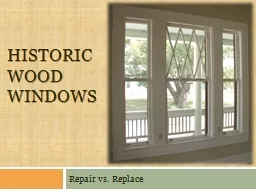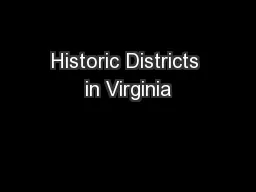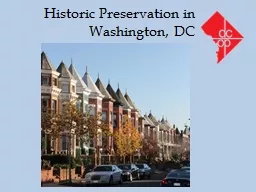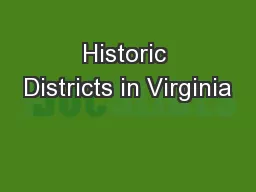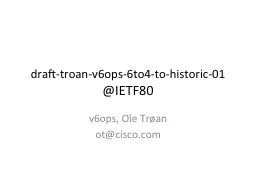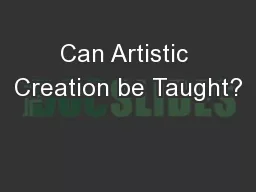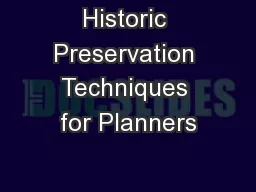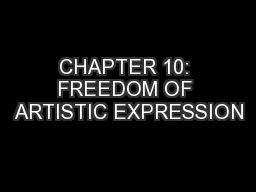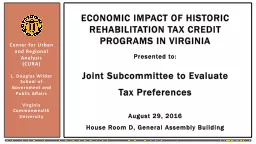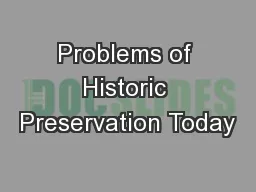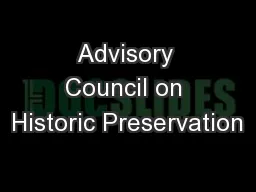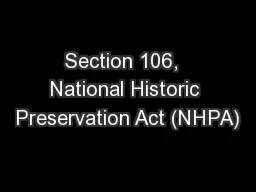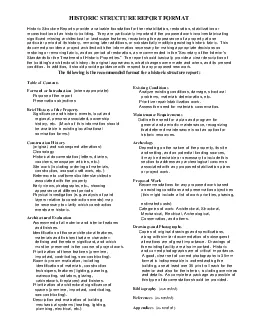PDF-American Institute for Conservation of Historic and Artistic Work
Author : luna | Published Date : 2021-09-26
Street NW Washington DC 20005 wwwconservationusorg Defining the Conservator Essential Competencies AIC 2003AIC Board of Directors 2003PresidentJerry PodanyVice PresidentPamela
Presentation Embed Code
Download Presentation
Download Presentation The PPT/PDF document "American Institute for Conservation of H..." is the property of its rightful owner. Permission is granted to download and print the materials on this website for personal, non-commercial use only, and to display it on your personal computer provided you do not modify the materials and that you retain all copyright notices contained in the materials. By downloading content from our website, you accept the terms of this agreement.
American Institute for Conservation of Historic and Artistic Work: Transcript
Download Rules Of Document
"American Institute for Conservation of Historic and Artistic Work"The content belongs to its owner. You may download and print it for personal use, without modification, and keep all copyright notices. By downloading, you agree to these terms.
Related Documents

